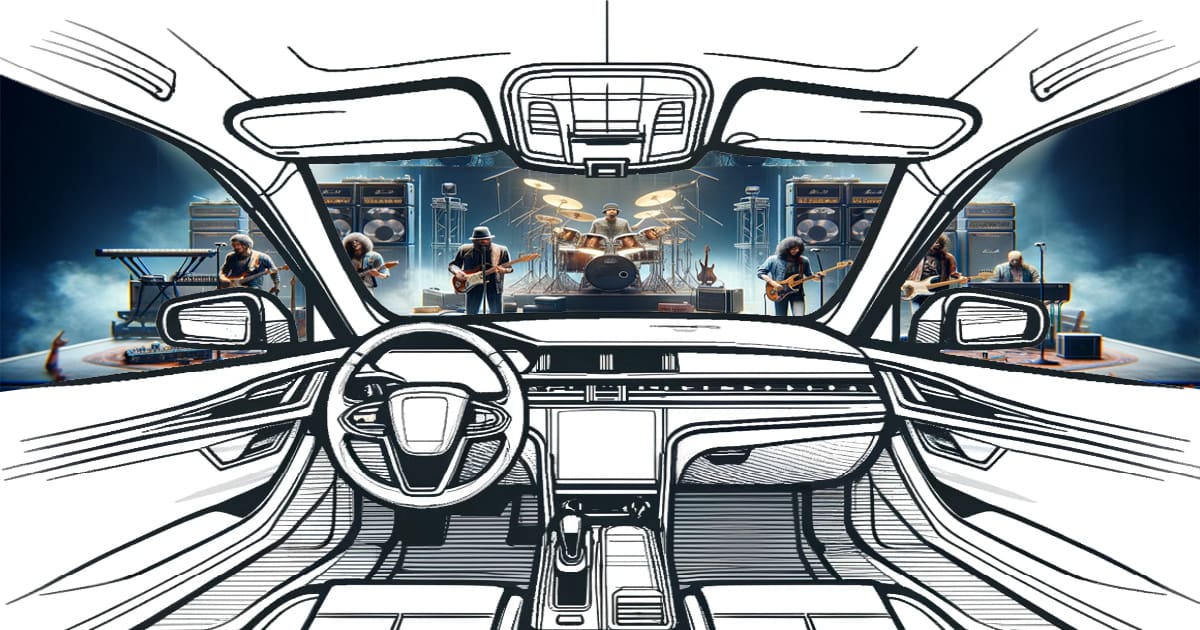We’re back with the second of four articles discussing the listening experience of truly high-end car audio systems. In our first article, we discussed the importance of accurate frequency response. This second article will discuss the soundstage, provide a definition for it and explain why it’s crucial to recreating a recording accurately.
What Is a Car Audio Soundstage?
We need to define what a soundstage is before we get into describing the intricacies of how to evaluate one. Essentially, we’re talking about where the sound comes from in a vehicle. In a poorly executed system, the music might appear to come from each speaker. This is likely because of a lack of level adjustment, improper signal delay settings in a signal processor or a difference in frequency response between one side of the vehicle and the other. Most basic car audio systems with a radio and one or two pair of speakers deliver sound that seems to come from the speaker closest to the listening position.
As a system’s quality improves, the attention to detail in configuring and calibrating the equipment should also improve. Proper calibration will yield the best performance possible from even the most modest audio products.
We’ll be clear in saying that finding a mobile electronics retailer that is experienced and proficient in designing, integrating, configuring and calibrating an audio system so that it delivers what we’re describing is no easy feat. Some retailers still think digital signal processors are magic black boxes filled with voodoo. If accuracy, realism and detail are the goals of your car audio system, you’ll have to visit many retailers and audition their demo vehicles to find one that can deliver the performance you want. Don’t trust statements. Listen to their work and judge for yourself.
Soundstage Options
Before describing what to listen for in the perfect audio system, we should clarify that listening preferences play a significant role in system design and calibration. The standard for the ideal audio system is to recreate what seems like a live performance in front of the listener. This applies to both home and car audio systems. Many car audio enthusiasts prefer to be immersed in the center of a listening experience. This would replicate a listener’s experience at a dance club or when wearing headphones. The music is all around them, and while there are well-defined left and right channels, it fills the listening space. There is no right or wrong in terms of a client’s preference.
Many car audio retailers fail to qualify their clients’ expectations in this regard. Do you want the music to sound like it’s coming from the front of the vehicle or from all around you? Harman International includes an option in some factory-installed sound systems that allows the listener to switch from an “in audience” to an “on stage” experience. While the concepts are similar, we’ll refer to that in-audience experience for this discussion.

Music Source
In an audio system that is designed, integrated, configured and calibrated perfectly, all the music should seem to come from a well-defined location in front of the seating position. In most cases, this can be described as the windshield, as though it had speakers built into it. Some genuinely magnificent systems can create a soundstage that extends beyond the physical limits of the vehicle. We’ve heard cars that present sounds that extend beyond the left and right speaker positions and others that made it sound like Neil Young was standing in front of headlights.
What’s key is that the sound source is coherent. If your music comes from the dash or windshield, all the music should come from that location. The midbass shouldn’t seem to come from the steering wheel or the footwells. The bass shouldn’t come from the back of the vehicle. Specific frequencies shouldn’t move up or down. Think of it like having a set of high-end, full-range speakers in front of the vehicle, positioned so the left speaker is aligned with the left A-pillar and the right speaker is aligned with the right A-pillar.
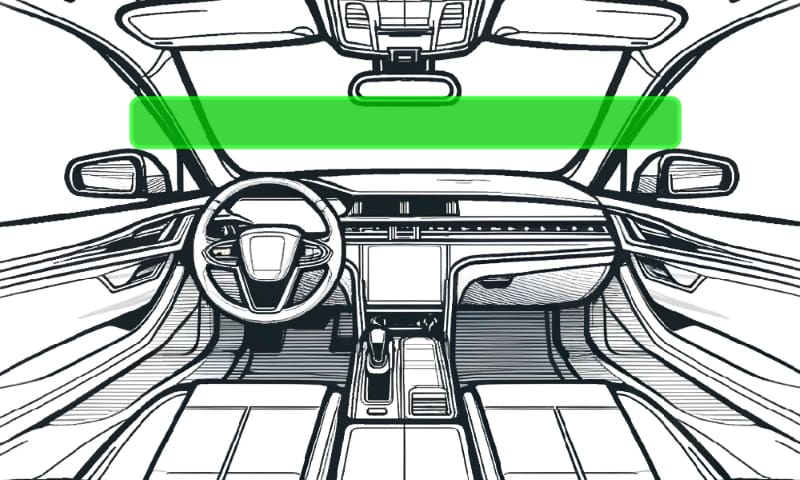
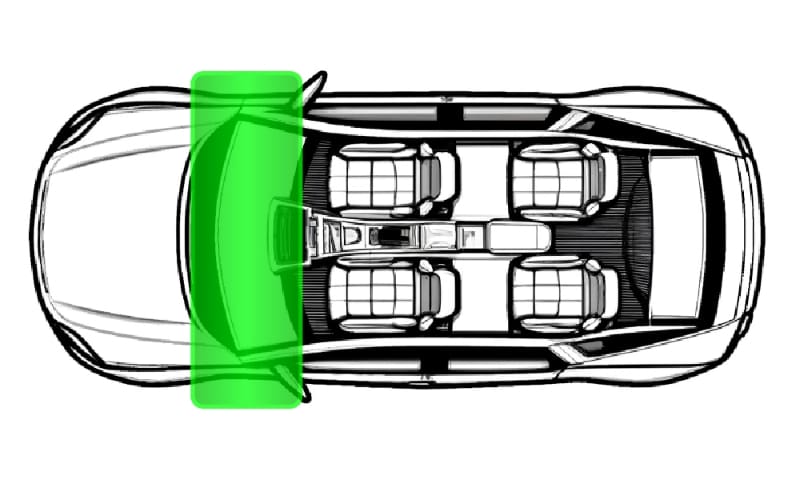
Delivering Amazing Audio Performance
The key to achieving the goal of delivering an accurate sound source starts with the system design. If all of the speakers are behind the listener, it will be impossible for the system to sound as though the music is coming from in front of them. This overly dramatic statement gets at the core of proper system design.
Next, the speaker selection must deliver smooth dispersion through the listening environment. Let’s say you have a set of 6.5-inch component woofers mounted in the doors and a set of 0.75-inch tweeters on the dash. In this case, the system will be sensitive to the listener’s location because the woofers must play to frequencies well beyond where it becomes directional. This is why higher-end speaker manufacturers offer large-diaphragm tweeters that can play to lower frequencies.

Managing directivity is only the first part of the component selection process. The second involves choosing products with features that minimize distortion. As we demonstrated in our series about speaker performance, some drivers add significant second- and third-harmonic distortion. If the door speakers are playing up to 2 kHz, the harmonics could extend to 6 kHz, resulting in the soundstage being pulled down to the footwell.
The same concern goes for subwoofers. Imagine a crossover frequency of 75 hertz. This means the second-order harmonic is 150 hertz, and the third is 225. If you choose a subwoofer without a low-distortion design, you might have issues creating a stable and coherent soundstage. Few car audio companies focus on linearity and distortion in their subwoofer products. Do your research and choose wisely.
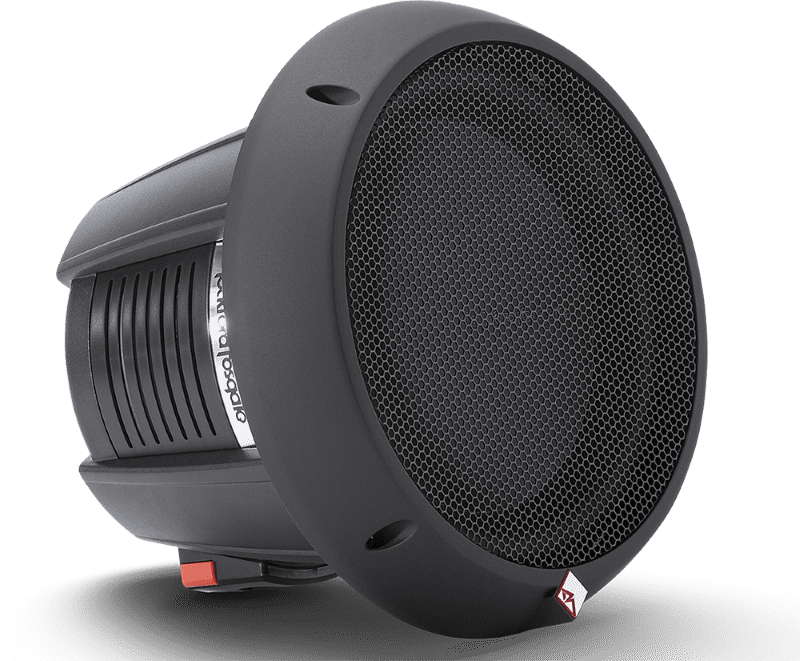
Car Audio System Calibration
You will need a digital signal processor if you want a car audio system with a well-defined soundstage. A few source units from Sony include enough processing to handle proper configuration. Alternatively, you can choose an amplifier with a built-in DSP or a stand-alone DSP that will work with your existing amplifiers.
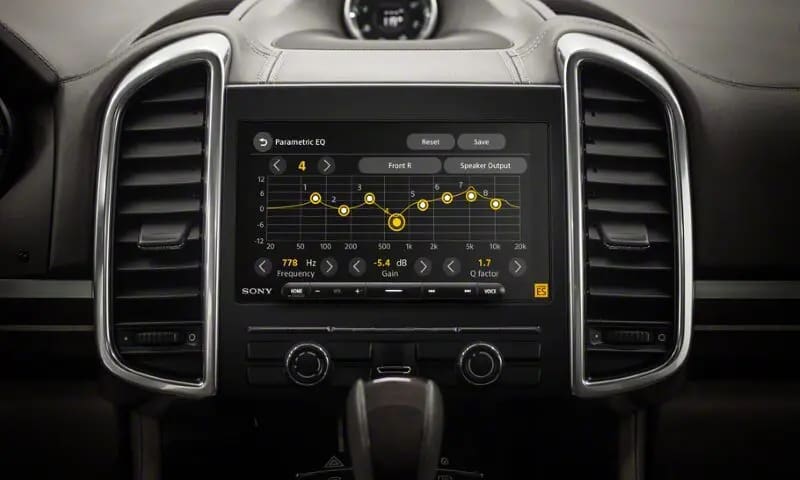
Three features in the DSP require proper calibration to align the output of all the speakers in the vehicle. Of course, this only works if all the speakers have dedicated amplifier channels assigned to dedicated channels on the processor. If you have a component set on a single channel with a passive crossover, the ability to fine-tune the system will be diminished. Ideally, the tweeters and the woofers need dedicated processing and amplification channels.
The technician calibrating the system needs to set delays, output levels and equalization properly for each channel. The delays and levels compensate for the different distances to each speaker in the vehicle. The equalization compensates for resonances and cancellations in the vehicle because of reflections off various surfaces. In this context, equalization isn’t intended to improve frequency response, though proper settings simultaneously handle staging and system tonality considerations.
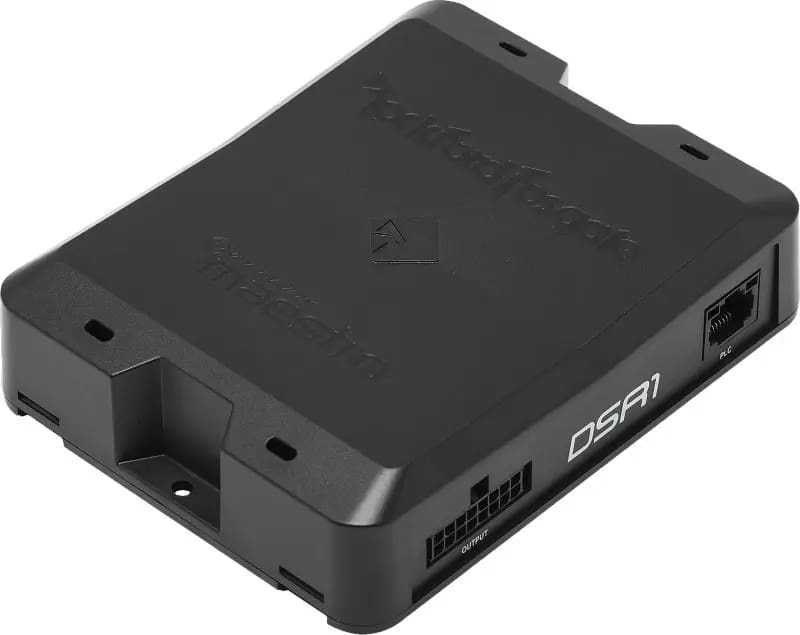
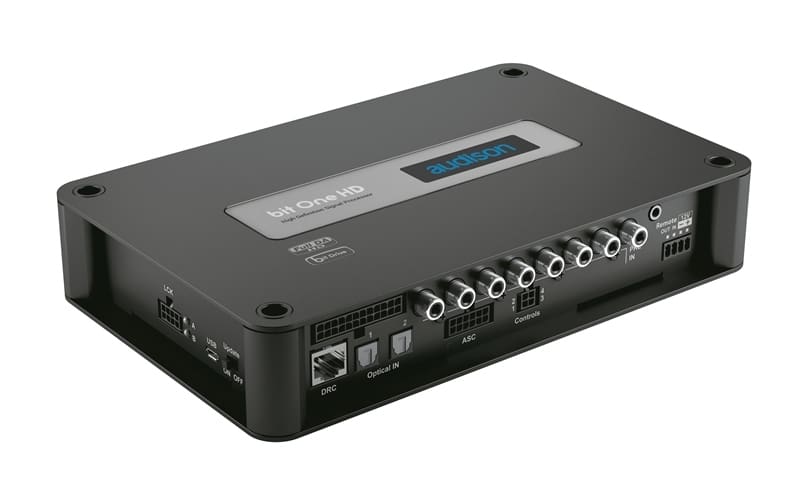
Table for One, Sir?
We skipped over another consideration when creating a soundstage: Do you want the system optimized for the driver or for everyone in the vehicle? The latter is often referred to as a two-seat tune.
If you listen to an audio system configured for a single seat, the location and size of the soundstage, as perceived from the front passenger seat, often suffer. The resulting sensation can vary from being slightly compressed to sounding like all the music comes from the far-right speaker location. Creating a two-seat calibration is time-consuming and often doesn’t sound as coherent as a single-seat tune. However, if you always have someone in the vehicle with you and they care about how the music sounds, it’s worth requesting.
This request might involve using or adding a center-channel speaker. If the signal processor has dedicated center-channel processing, this can work well. However, be sure to ask whether the center-channel signal contains any information found in the left and right channels. If it does, the effect usually narrows the soundstage significantly. Very few processors have full up-mixing capabilities for a center-channel output.
Soundstage Problems – Bass in the Back
Here are a few common problems with the soundstage in car audio systems. The most prevalent issue is not getting the bass to mix with the front-stage speakers. Your system might have a good soundstage for midbass through high-frequency information, but the deeper bass seems to come from the trunk or cargo area.
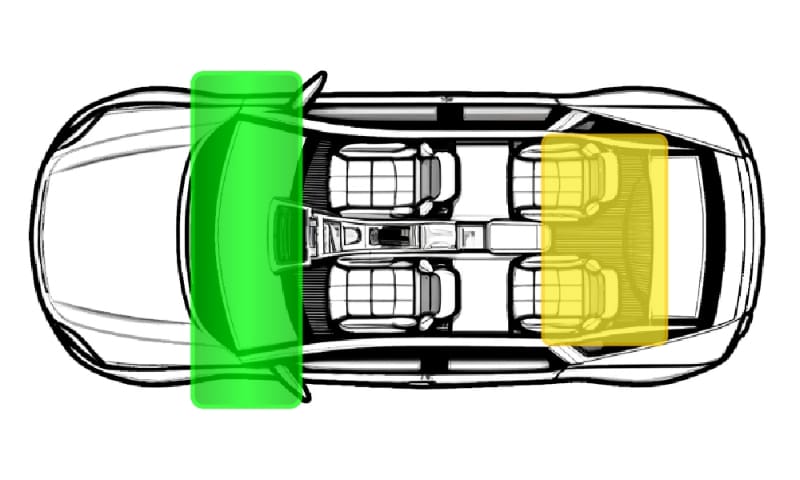
This issue can sometimes be solved by better calibrating the crossovers and delays between the midbass drivers and the subwoofer. Sometimes, though, this is a distortion issue with the subwoofer(s); the only solution is to upgrade them.
Soundstage Height Issues
Another common problem is that different frequency ranges come from different heights. If the vehicle has a two-way speaker system and the tweeters can’t play low enough, the midrange and midbass sounds seem to come from the lower part of the dash, while the higher frequencies come from the windshield.
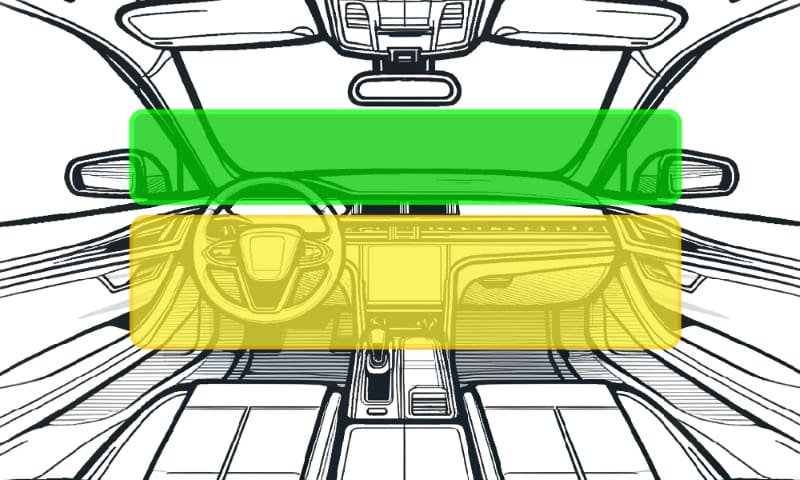
Improving this with a steep filter and a lower crossover frequency on a tweeter might be possible. However, the proper solution is a much larger tweeter, or better yet, switch to a three-way system that uses a midrange up high on the dash or in the A-pillars.
Compressed-Width Soundstage
You might also experience a soundstage that’s much narrower than the vehicle width or where one side doesn’t extend as far to the opposite side. This can make the stage seem unrealistic in relation to the vehicle boundaries. It’s akin to the band congregating on the left (or right) side of the stage but never spreading back out.
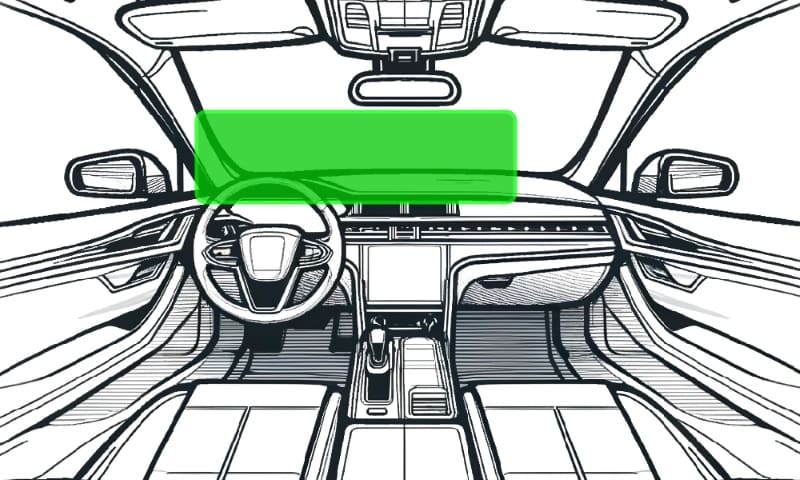
The solution to this issue could be complicated. It might be level or delay-related. It can also be a speaker placement issue, which makes it harder to resolve without revisiting the installation.
Drooping Soundstage
Though it’s less common now that kick-panel speaker locations are less popular, another possible soundstage issue is a rainbow or drooping stage. In this case, the center image might be in the middle of the windshield under the rearview mirror. However, the left and right extremes might drop into the kick-panel area. The solution is similar to the fix for frequency separation.
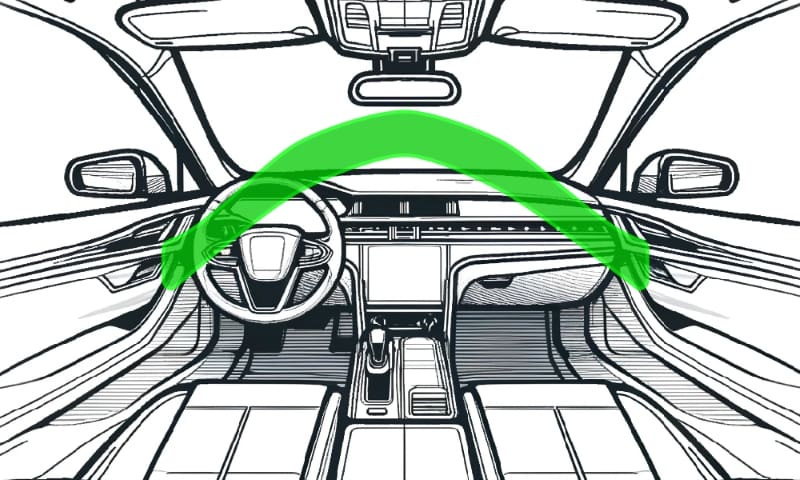
No Sense of Depth
This last issue is a mix between a soundstage issue and an imaging problem. Imaging refers to the placement accuracy and size of instruments on the soundstage. Does the singer’s voice sound like it’s the size of a pizza pan, or is it more like a tennis ball? Are all the instruments placed in accurate and precise locations on the soundstage? The issue we’ll discuss is a soundstage with no sense of depth. You might see why this is a staging and imaging issue.
Not all recordings contain a sense of depth or layering. If you listen to a purely electronic recording, you will likely hear a wall of sound unless they’ve done some fancy tricks with phase adjustments. If the recording is of a band, choir or orchestra, and stereo microphones are used to pick up the space in the hall, a good car audio system should be able to recreate this sensation. If your system doesn’t present any sense of depth, it’s usually an issue with the channels not being calibrated equally.
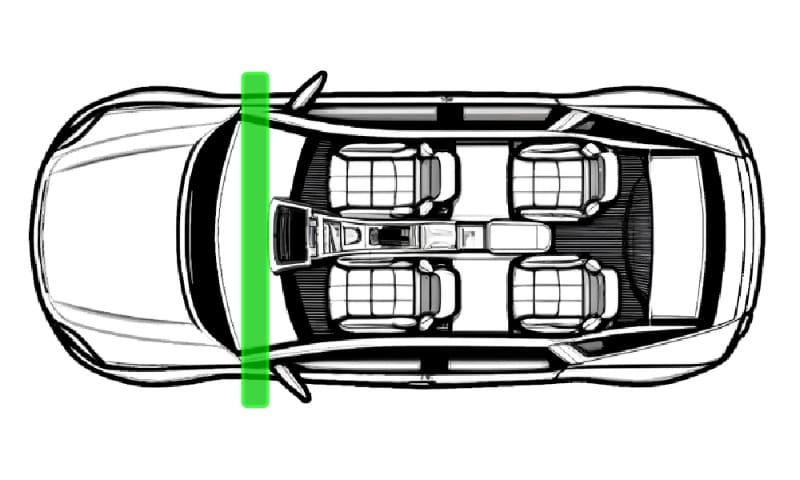
Experience Your Music Like Never Before
If your car audio system doesn’t have a solid soundstage, drop by a local specialty mobile electronics retailer today. Start by auditioning their demo vehicles to see whether they can create an experience you will enjoy. Bring along your favorite music and listen to a half-dozen tracks. Pay close attention to where the music is coming from. Everything should seem to come from the windshield. The bass, vocals, guitars, drums – all should be coherent and realistic. If the vehicle doesn’t deliver, don’t fret. Find another shop and audition their work. Even once you’ve found what you think is the perfect solution, it’s often a good idea to listen to as many vehicles as possible to get a reference for tonal balance, soundstage, imaging and dynamics. Imaging will be the next topic in this series. Stay tuned!
